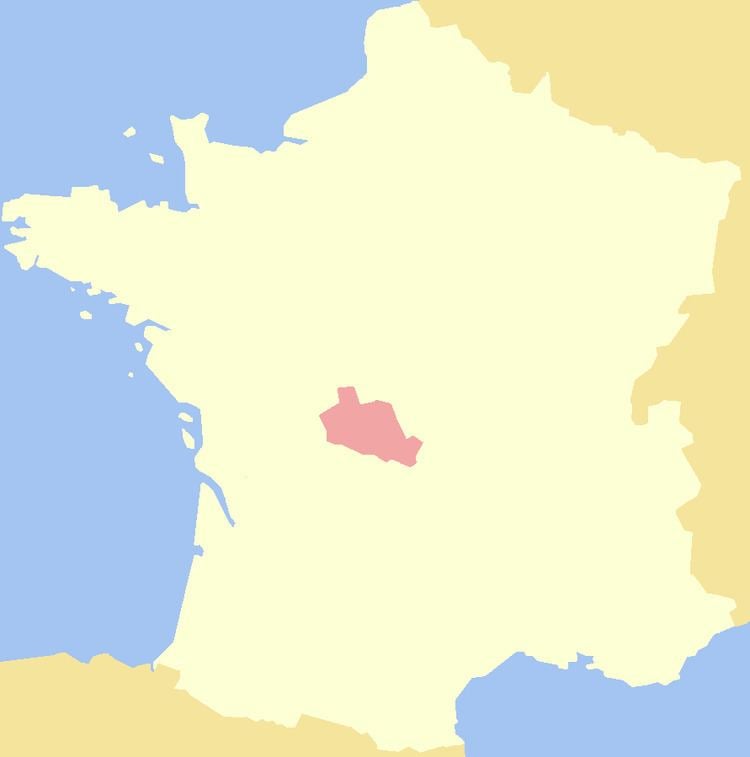Country France | Time zone CET | |
 | ||
The County of Marche (Occitan: la Marcha) was a medieval French county, approximately corresponding to the modern département of Creuse.
Contents
- Marche dynasty
- Lusignan dynasty
- Capetian dynasty
- Capetian Bourbon dynasty
- Armagnac dynasty
- Present Count of La Marche
- References
Marche first appeared as a separate fief about the middle of the 10th century, when William III, Duke of Aquitaine, gave it to one of his vassals named Boso, who took the title of count. In the 12th century, the countship passed to the family of Lusignan. They also were sometimes counts of Angoulême and counts of Limousin.
With the death of the childless Count Guy in 1308, his possessions in La Marche were seized by Philip IV of France. In 1316 the king made La Marche an appanage for his youngest son the Prince, afterwards Charles IV. Several years later in 1327, La Marche passed into the hands of the House of Bourbon. The family of Armagnac held it from 1435 to 1477, when it reverted to the Bourbons.
In 1527 La Marche was seized by Francis I and became part of the domains of the French crown. It was divided into Haute Marche and Basse Marche, the estates of the former continuing until the 17th century. From 1470 until the Revolution, the province was under the jurisdiction of the parlement of Paris.
